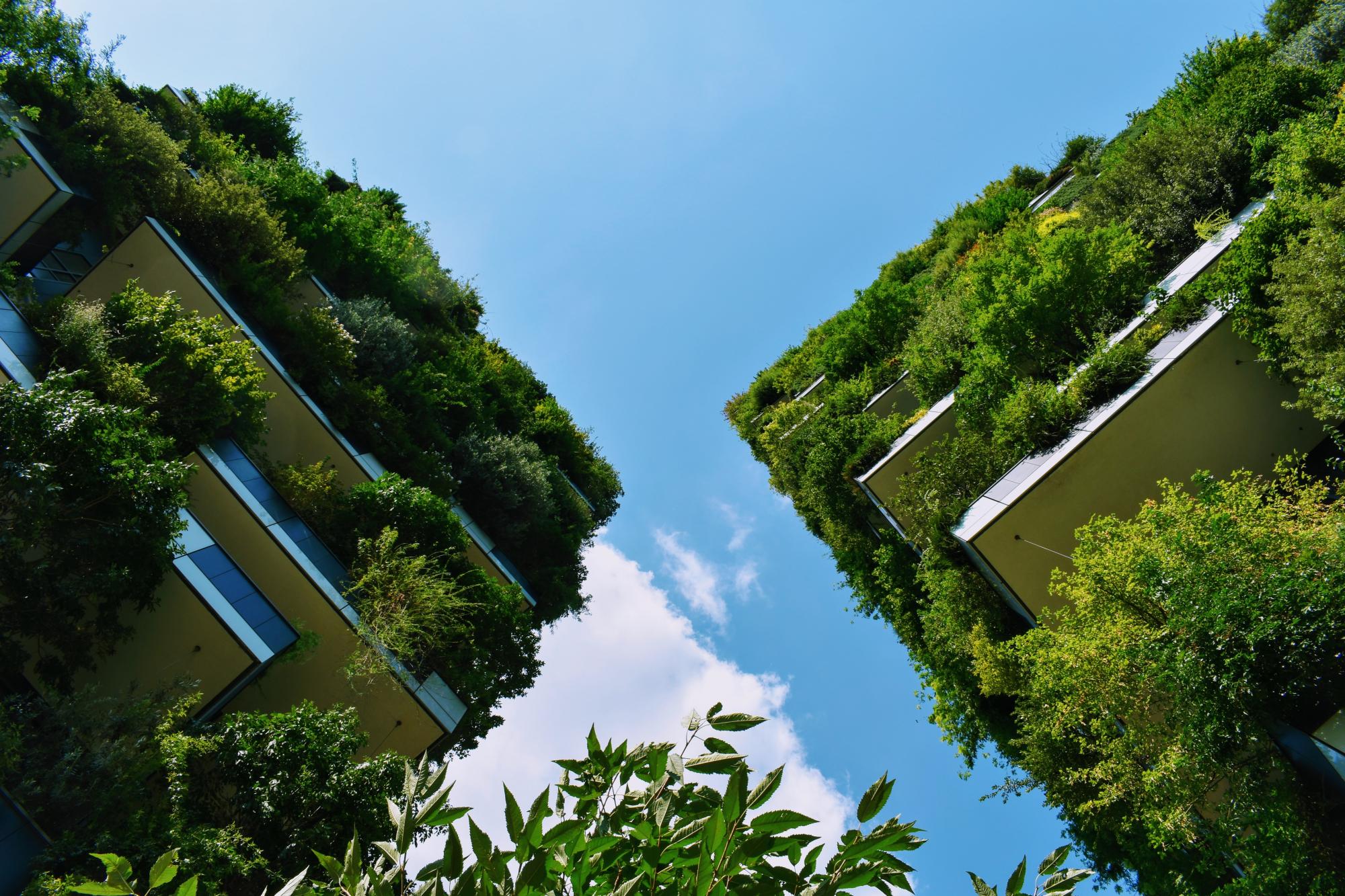The Leonardo Garden was a community garden in an empty building site of 8th district of Budapest, that implementation was initiated by KÉK, the Contemporary Architectural Centre. (Reference 3) The recultivation of two neglected, empty plots of land created one of the earliest community gardens in Hungary. Plants for consumption, spices, herbs and ornamental plants were planted. The 95 plots in the Garden were cultivated by young people, families and pensioners, but the Garden also served educational purposes, as it frequently received school groups. The Garden has hosted a number of public community and cultural, gastronomic and musical events, which were well attended by both the neighbourhood and the general public. The community garden was closed in March 2018 because the company that owns the land wanted to start construction on it. (Reference 5)
Overview
Nature-based solution
- Community gardens and allotments
- Community gardens
Key challenges
- Climate action for adaptation, resilience and mitigation (SDG 13)
- Climate change adaptation
- Green space, habitats and biodiversity (SDG 15)
- Habitat and biodiversity restoration
- Green space creation and/or management
- Inclusive and effective governance (SDG 16)
- Inclusive governance
- Social justice, cohesion and equity (SDG 10)
- Social cohesion
- Social interaction
- Sustainable consumption and production (SDG 12)
- Sustainable consumption
- Sustainable production
Focus
Project objectives
Implementation activities
Climate-focused activities
Climate change adaptation:
- Increase or improve urban vegetation cover to help reduce outdoor temperature
Biodiversity conservation or restoration-focused activities
Biodiversity restoration:
- Public engagement
Main beneficiaries
- Citizens or community groups
- Marginalized groups: Elderly people
- Food producers and cultivators (i.e. farmers, gardeners)
Governance
Management set-up
- Led by non-government actors
Type of initiating organisation
- Non-government organisation/civil society
Participatory approaches/ community involvement
- Co-planning (e.g. stakeholder workshops, focus groups, participatory mapping)
- Dissemination of information and education
- Consultation (e.g. workshop, surveys, community meetings, town halls)
- Joint implementation (e.g. tree planting)
- Co-management/Joint management
Details on the roles of the organisations involved in the project
Project implemented in response to ...
Financing
Total cost
Source(s) of funding
- Crowdfunding
- Other
Type of funding
- Direct funding (grants, subsidies, or self-financed projects by private entities)
Non-financial contribution
- Provision of land
- Provision of labour
- Provision of expertise
- Citizens (e.g. volunteering)
- Private sector (businesses, financial institution)
Impacts and Monitoring
Environmental impacts
- Environmental quality
- Improved air quality
- Green space and habitat
- Increased conservation or restoration of ecosystems
- Reduced biodiversity loss
- Enhanced support of pollination
- Restoration of derelict areas
Economic impacts
- Unknown
Socio-cultural impacts
- Safety
- Increased perception of safety
- Decreased crime rates
- Social justice and cohesion
- Improved social cohesion
- Increased opportunities for social interaction
- Increased access to healthy/affordable food
- Education
- Increased support for education and scientific research
Type of reported impacts
Presence of formal monitoring system
Presence of indicators used in reporting
Presence of monitoring/ evaluation reports
Availability of a web-based monitoring tool
References
2. Leonardo Kert. (2017). The Official Website of Leonardo Garden. [online] Available at: Source link. [Accessed: 19.06.2020].
3. Megyeri, N. (2014). Kert a városban: közösségi élmény és saját zöldség. Recity. [online] Available at: Source link. [Accessed: 19.06.2020].
4. Bartha, A. (2014). Leonardo Garden. [image] Available at: Source link. [Accessed: 19.06.2020].
5. Source link. (year unknown). Leonardo Kert. [online]. Available at: Source link [Accessed: 15.07.2020]
6. Bende, Cs. (2016). A közösségi kertek, mint a nagyvárosi dzsentrifikációs folyamatok produktumai? - A budapesti Leonardo kert esete. Településföldrajzi tanulmányok (ISSN: 2063-4315), 2016 (2). pp. 38-52. Available at: Source link [Accessed: 15.07.2020]

